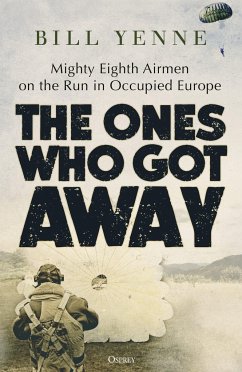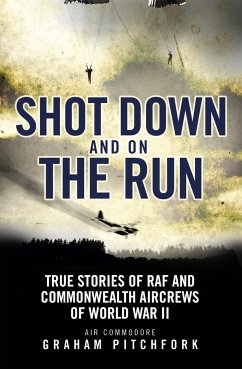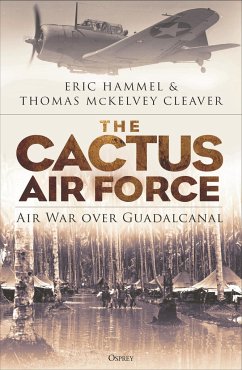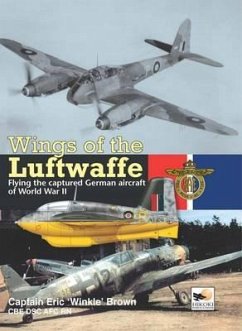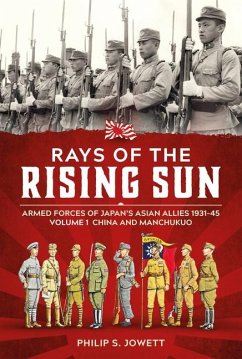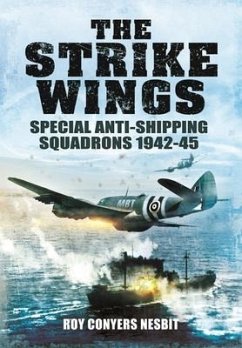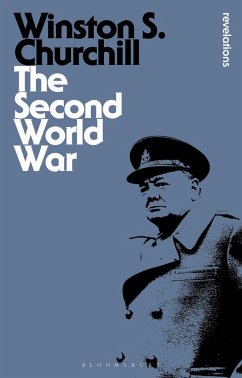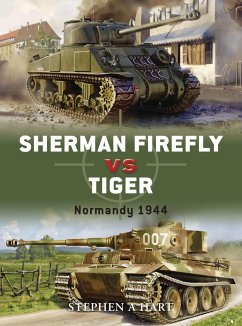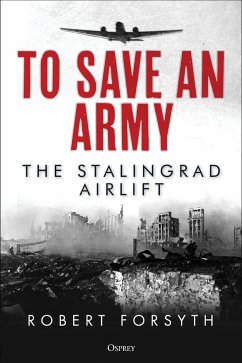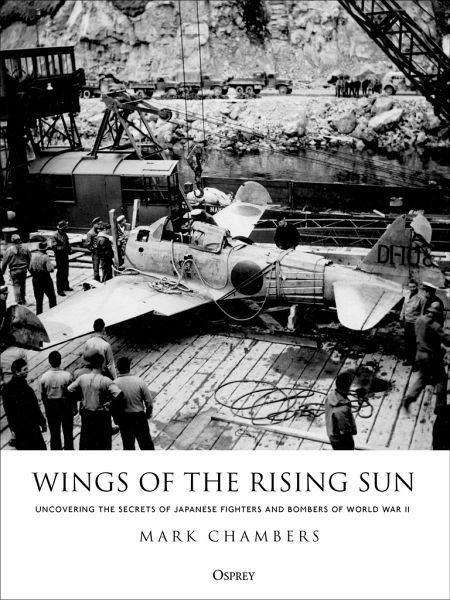
Wings of the Rising Sun
Uncovering the Secrets of Japanese Fighters and Bombers of World War II
Versandkostenfrei!
Versandfertig in 2-4 Wochen
37,99 €
inkl. MwSt.
Weitere Ausgaben:

PAYBACK Punkte
19 °P sammeln!
A fascinating insight into how the Allies learned about the capabilities and limitations of the Imperial Japanese Naval Air Force and Japanese Army Air Force through flight testing and evaluation of enemy equipment.




